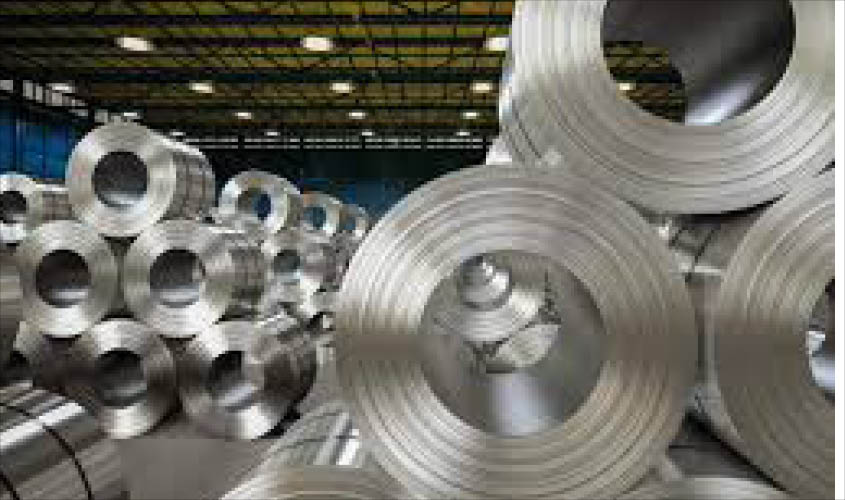The Indian Steel Association (ISA) which represents major public and private sector steel companies has forecast that steel demand would contract 7.7% in 2020 compared to last year due to measures taken to check the spread of Covid-19 pandemic in the country. India is the world’s second largest producer of crude steel.
Interestingly, the ISA had projected of 5.1 % growth just in February. According to the ISA, the earlier estimate was that steel demand would touch 106.7 million tonnes (MT). The estimated actual in 2019 was 101.5 MT in 2019.
Sources said most of the major steel companies are operating at 30-50% production levels. The scaling down of operations started after the lockdown when user industries started suspending operations.
“We have now revised the steel demand forecast to 93.7 million tonnes. In other words, we estimate that the spread of the pandemic and subsequent lockdown will lead to steel demand declining by 13 million tonnes or by 12.2% from our projections in February this year,” the Association said in a statement.
This is to be noted that India earned the distinction of becoming the world’s second largest steel producer, for the second consecutive year, in 2019, as per the report of World Steel Association (WSA) released in January this year. As per report, in 2019, the world crude steel production reached 1869.9 MT and showed a growth of 3.4% over 2018. China remained world’s largest crude steel producer in 2019 with 996.3 MT, followed by India (111.2 MT), Japan (99.3 MT) and USA (86.9 MT).
The ISA said the pandemic surfaced in India just when a rebound, in both manufacturing and the services sector, was beginning to take root. “By the third week of March, this began impacting economic activity. A nationwide mandatory and complete lockdown for 21 days was announced on March 25, 2020, which was subsequently increased. Economic activities have come to a standstill,” it said.
The Association said that any kind of demand recovery would take time as overcoming challenges in the form of getting migrant labourers back into manufacturing / construction zones, resetting disrupted supply chains and overcoming liquidity constraints particularly towards working capital needs, cannot be accomplished overnight.
Construction, both infrastructure development and real estate development, accounts for the major chunk of steel use, but such activities were completely halted. A recovery is expected to remain weak due to the lesser availability of migratory construction workers. “Most workers are also participants of the agrarian economy and are expected to participate in farm activities in the upcoming
With regard to the automotive sector, supply chain disruptions, both abroad and within the country, have further accentuated the sufferings of the automotive sector which had already been hit hard due to falling demand, month on month, coupled with unsold BS IV inventories, the Association has said.
Demand recovery is expected to be slow and gradual until the beginning of the festive season. Similarly, the machineries sector is expected to see continued decline due to weaker private investment, fragile export demand and halted projects in renewable energy, construction and mining.

